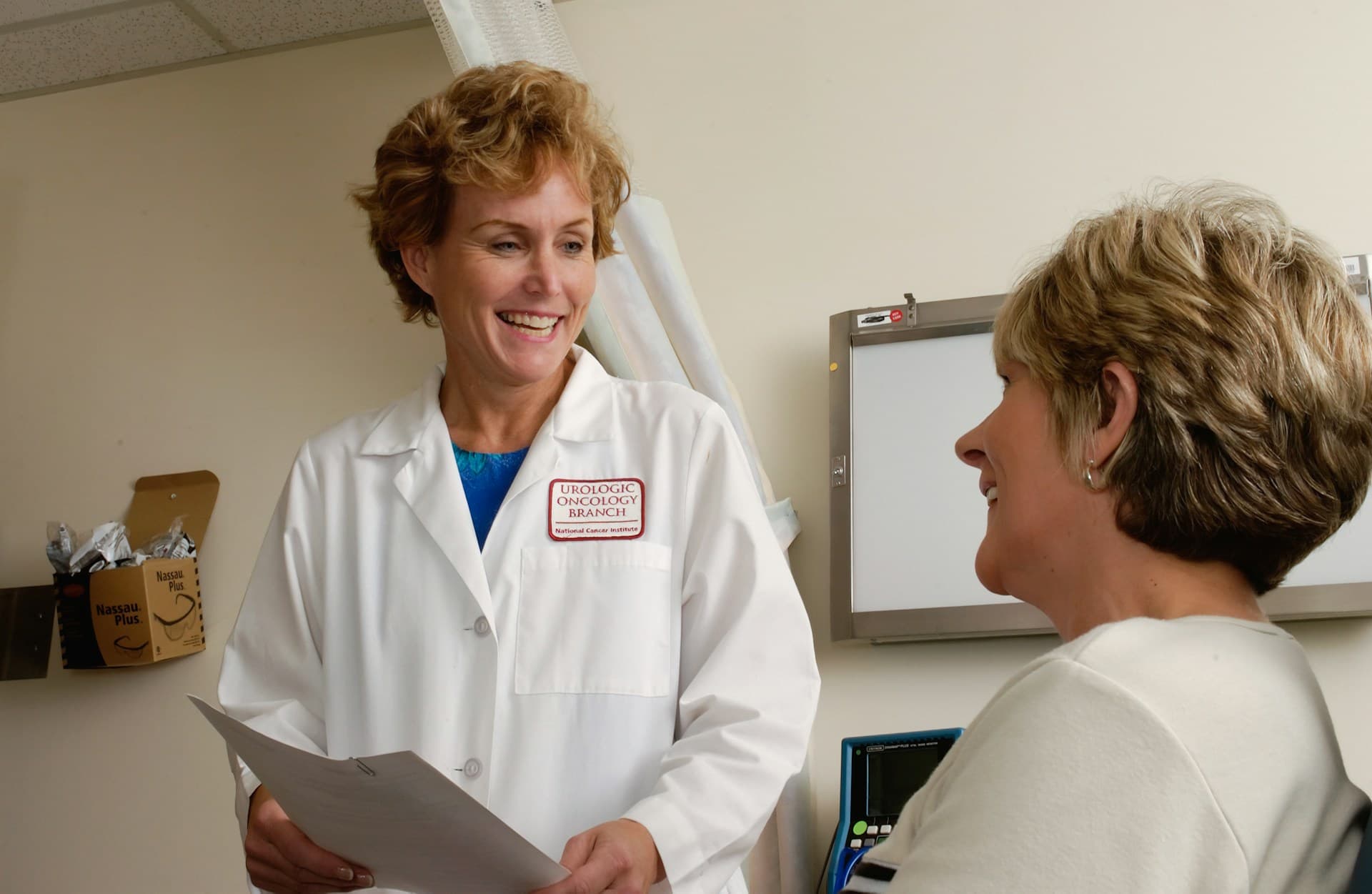Breast Cancer

General information
Breast cancer is one of the most common cancers among women worldwide, but it can also occur in men, although much less frequently. Breast cancer usually starts in the milk-producing glands called lobules, or ducts that transport milk to the nipple. In some cases, it can also originate in the fatty or connective tissue of the breast.
There are several types of breast cancer, the most common being invasive ductal carcinoma, which starts in the milk ducts and spreads to nearby tissue. Other types include invasive lobular carcinoma, which starts in the lobules, and less common subtypes such as inflammatory breast cancer and triple negative breast cancer.
Risk factors for breast cancer include age, familial burden, genetic mutations, hormone replacement therapy, certain reproductive factors such as early menstruation or late menopause, obesity, and alcohol consumption. Of course, it is important to note that the presence of one or more risk factors does not necessarily mean that a person will develop breast cancer.
Early detection through regular screening mammograms and clinical breast exams can significantly improve the chances of successful treatment. Common symptoms of breast cancer include lump formation or thickening in the breast or armpit area, changes in breast size or shape, discharge from the nipple and skin changes such as dimpling or wrinkling. If any of these signs are detected, it is important to consult a health professional for further evaluation and diagnosis.
Breast cancer treatment depends on a variety of factors, including the type and stage of cancer, as well as the overall health and preferences of the individual. It may involve surgery such as a lumpectomy or mastectomy, radiation therapy, chemotherapy, hormone therapy, targeted therapy, or a combination of these approaches. Early detection, prompt treatment and ongoing support are crucial elements in the fight against breast cancer.
- Latest data
- About breast cancer diagnosis
- The role of genes
- Symptoms of breast cancer
- Breast cancer causes
- Breast cancer types
- Breast cancer prophylactic
- Breast self-examination
- Diagnosis of breast cancer
- Staging of breast cancer
- Breast cancer treatment
- Breast cancer therapies
- Care after treatment
- Tracking
- TELK/NELK
Diagnosis “breast cancer”
Breast cancer is one of the most common cancers among women worldwide. This disease occurs when cells in the breast begin to multiply uncontrollably and form a tumor that can be felt as a lump or detected on images from screening tests.
Breast cancer types
There are several main types of breast cancer, including invasive ductal carcinoma, which starts in the milk ducts and is the most common type, and invasive lobular carcinoma, which starts in the mammary glands. Each form is characterised by different pathological and clinical features.
Symptoms of breast cancer
Symptoms of breast cancer include lumps or lumps in the breast, changes in the size or shape of the breast, sunken skin, a change in the appearance of the skin such as a rash or sore skin, and fluid leaking from the nipple that is not milk.
Diagnosis of breast cancer
Breast cancer diagnosis usually involves mammography to detect tumors that cannot be felt by palpation. Additional tests such as ultrasound and magnetic resonance imaging can help assess tumor characteristics. Biopsy is the definitive method for confirmation of diagnosis and evaluation.
Treatment options
Breast cancer treatment may include a combination of surgery, chemotherapy, radiation therapy, hormone therapy and targeted therapy. The choice of treatment depends on the type and stage of the cancer, as well as the patient's general health and other concomitant diseases.
Post-treatment follow-up
After completing active treatment, breast cancer patients undergo a period of regular follow-up that includes visits to the oncologist, mammograms and other tests every 6 to 12 months. This stage is important for early detection of possible recurrences and for managing side effects of treatment.
Latest data on breast cancer
Breast cancer is the most common malignancy in European Union countries. In 2022, there were about 380 000 new cases - 99% of them registered in women, with newer statistics expected to be announced in 2023. The lack of a National Cancer Registry in Bulgaria, which was closed in December 2023, leads to dysfunctions in cancer awareness and the current dimensions of the disease. In terms of global trends, breast cancer was the most common cancer in women in 157 of 185 countries in 2022, with 2.3 million women diagnosed with breast cancer and 670,000 deaths worldwide in that year.
See the detailed Breast cancer guide here.

Questions to ask your medical professional
- What type and stage of breast cancer do I have? What does this mean?
- Is there enough information to recommend a treatment plan for me? If not, what tests or procedures will be needed?
- How can I prepare for each test or procedure?
- Where should I go to have these tests done?
- When will I get the results? How will I receive the results (by phone, email, at my next visit or other) ?
- Who's going to explain these results to me?
- Should I get a second opinion? Can you give me names of doctors I can go to?
- If I get a second opinion, will I have to repeat any tests or procedures?
- What is the prognosis for my treatment?
- If I am worried about the cost of treatment, who can help me in this area?
- Which institution should I contact to learn about my rights as a cancer patient?
